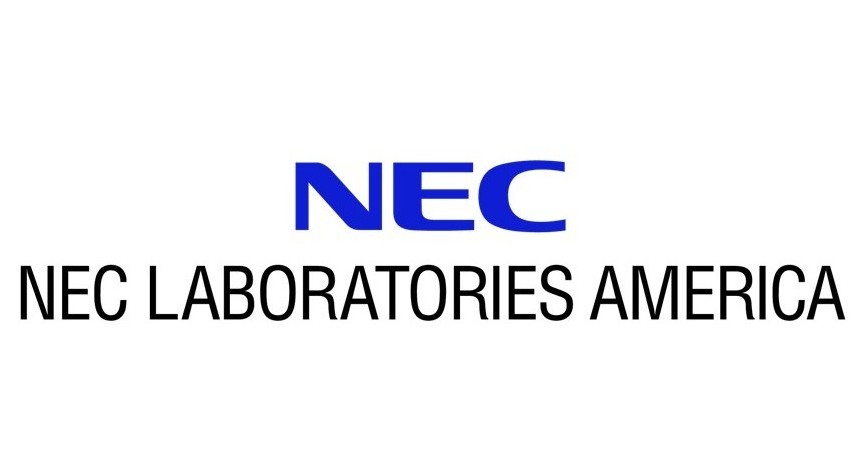Object-Aware 4D Human Motion Generation
Recent advances in video diffusion models have enabled the generation of high-quality videos. However, these videos still suffer from unrealistic deformations, semantic violations, and physical inconsistencies that are largely rooted in the absence of 3D physical priors. To address these challenges, we propose an object-aware 4D human motion generation framework grounded in 3D Gaussian representations and motion diffusion priors. With pre-generated 3D humans and objects, our method, Motion Score Distilled Interaction (MSDI), employs the spatial and prompt semantic information in large language models (LLMs) and motion priors through the proposed Motion Diffusion Score Distillation Sampling (MSDS). The combination of MSDS and LLMs enables our spatial-aware motion optimization, which distills score gradients from pre-trained motion diffusion models, to refine human motion while respecting object and semantic constraints. Unlike prior methods requiring joint training on limited interaction datasets, our zero-shot approach avoids retraining and generalizes to out-of-distribution object aware human motions. Experiments demonstrate that our framework produces natural and physically plausible human motions that respect 3D spatial context, offering a scalable solution for realistic 4D generation.

